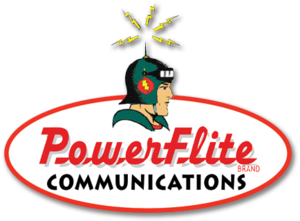What are examples of CPG products that are marketed and/or sold together to provide a total solution?
/First of all, almost all CPG products are sold on an individual basis as a first priority to maximize profitability and market presence. They are then occasionally marketed together – even sometimes put in special all-in-one packaging together – not really so much to provide “a total solution,” but to sell quantity, while demonstrating or reminding the target audience that these brands work well together.
Examples would include:
• Dental products – toothpaste, tooth brushes, floss, and mouthwash are often marketed together by larger CPG companies like Proctor & Gamble or Unilever.
• Hair care products – shampoo, conditioner, and sometimes body wash or even home hair color treatments.
• Automotive cleaning products – car washing soaps, car wax, a tire and trim cleaner/protector, windshield cleaner, etc. sold in a bucket.
• Auto engine additives – oil, transmission fluid, coolant, brake fluid, etc.
• Canned goods – promoting multiple varieties within a brand of soups, salad dressings, vegetables, fruits, sauces, and juices.
• Cereals and Snacks – promoting multiple varieties of breakfast cereals, cookies (biscuits), chips, etc.
• Frozen foods – cross-selling amongst a brand line of frozen pizzas, fish products, pot pies, and vegetables.
• Home and Laundry Cleaning Products – detergent, fabric softener, carpet cleaners, odor eliminators, etc.
In all of the above cases, most of the “total solution” marketing is done not by physically packing them together, which would have logistical challenges and add to their costs, but by creating sales promotions that encourage consumers to buy multiple products together in order to get a discount or earn some other reward.

